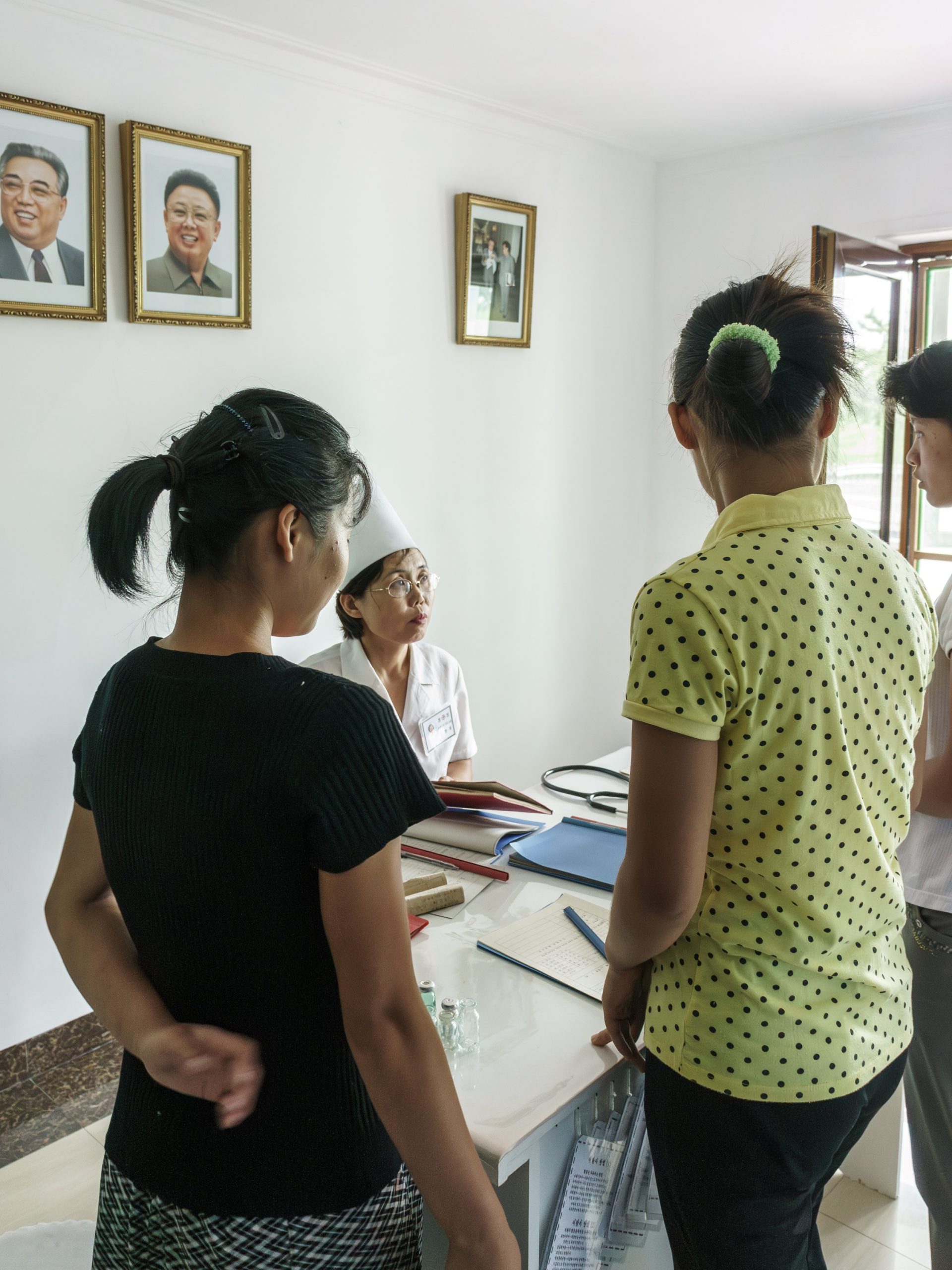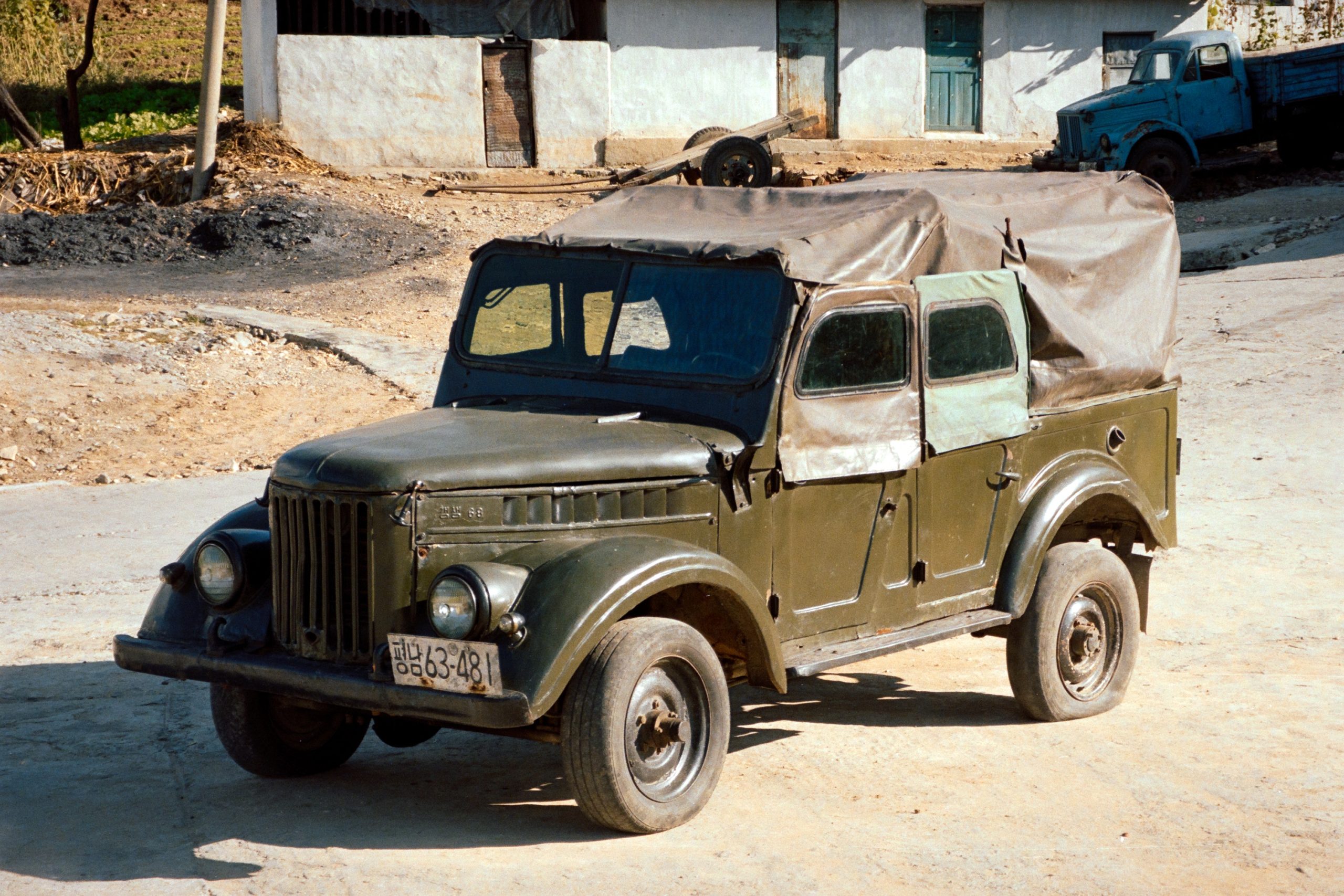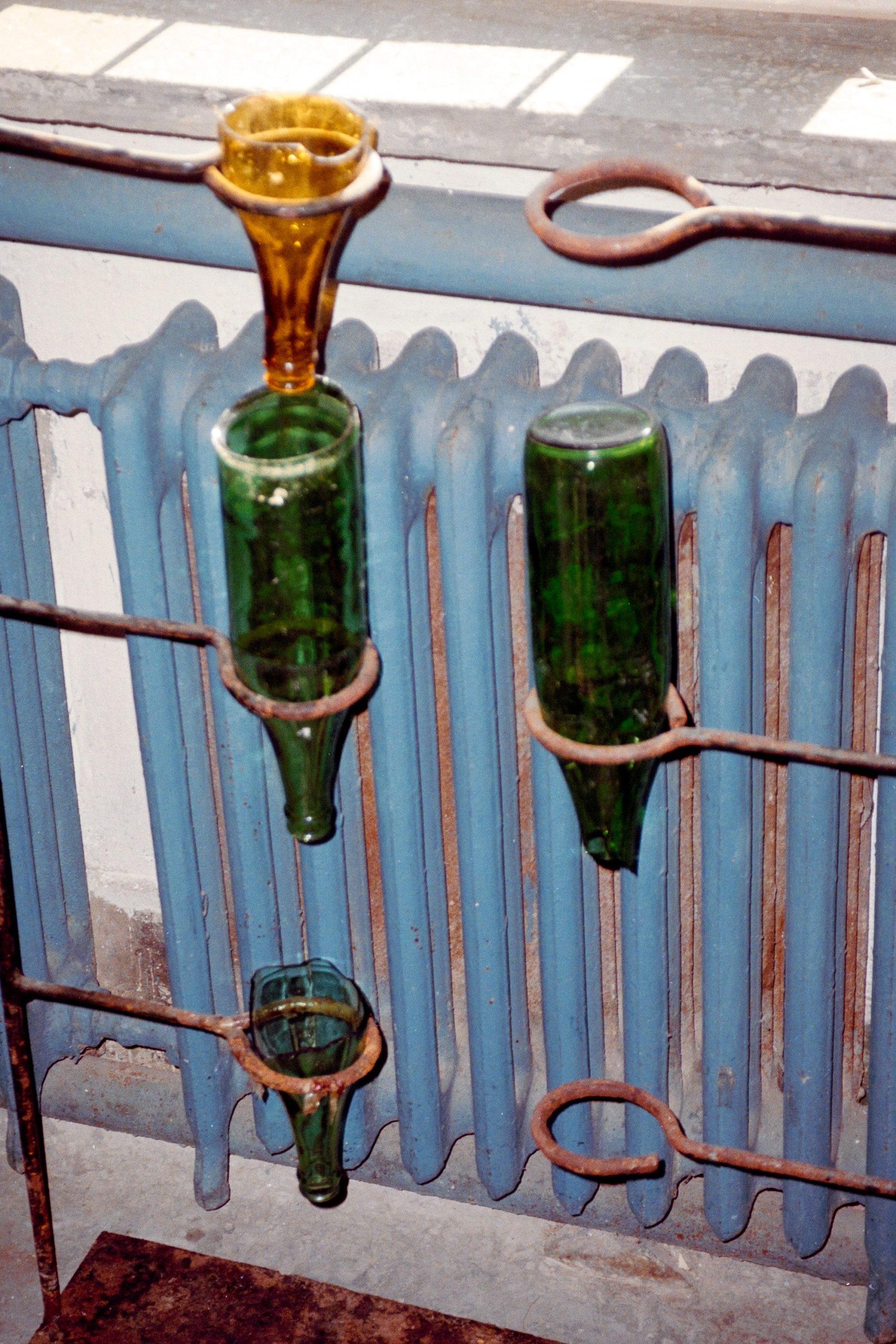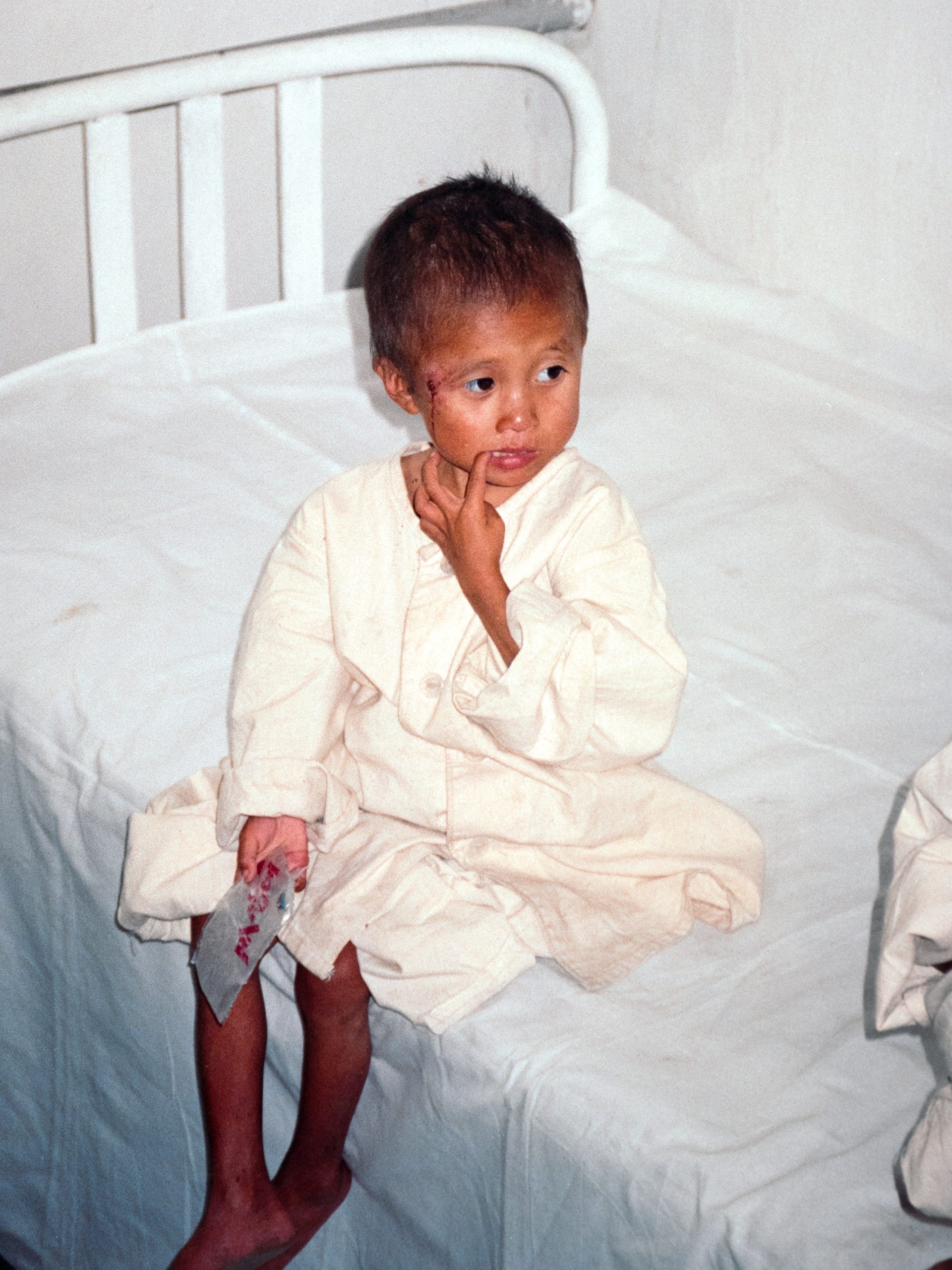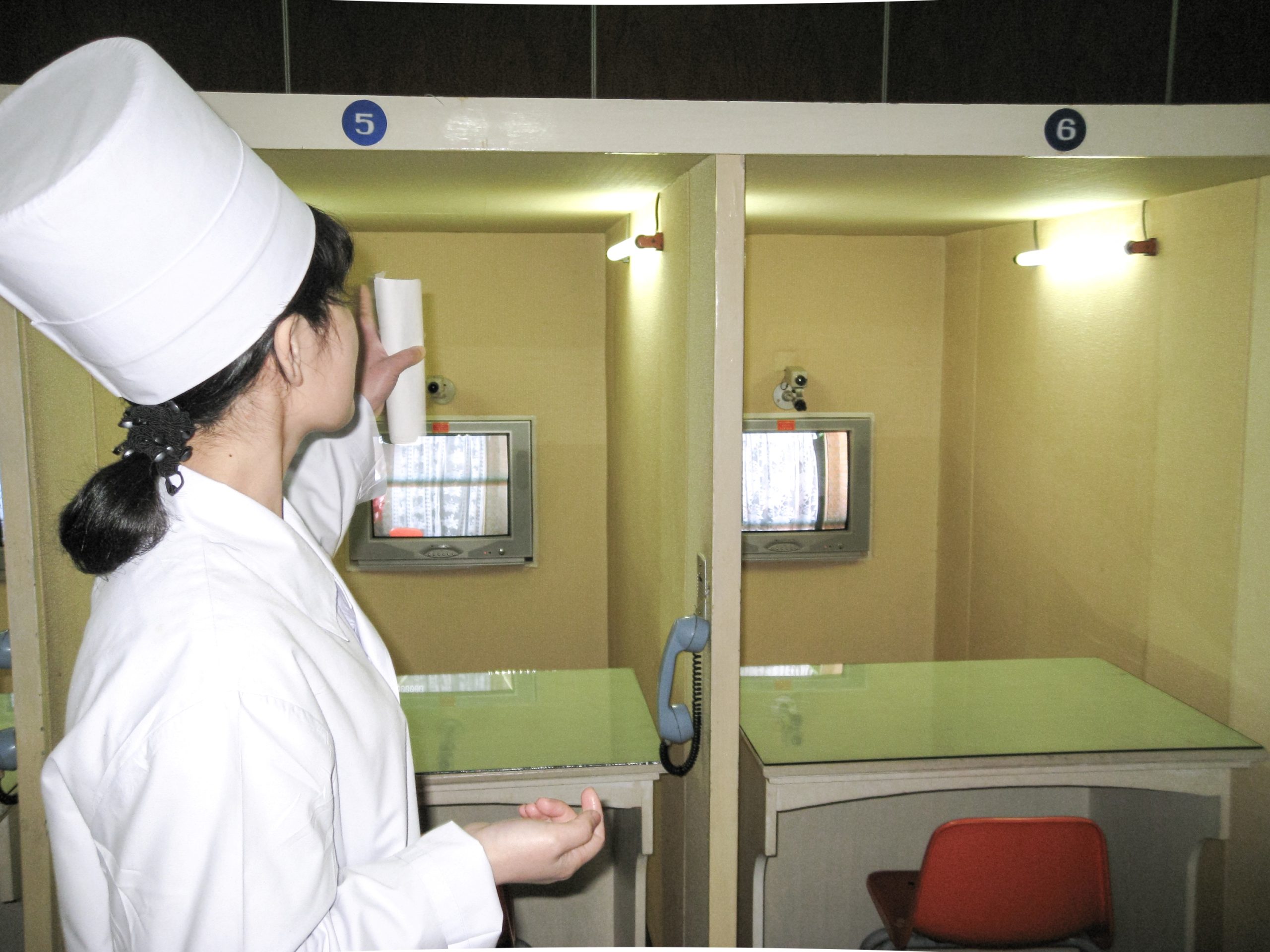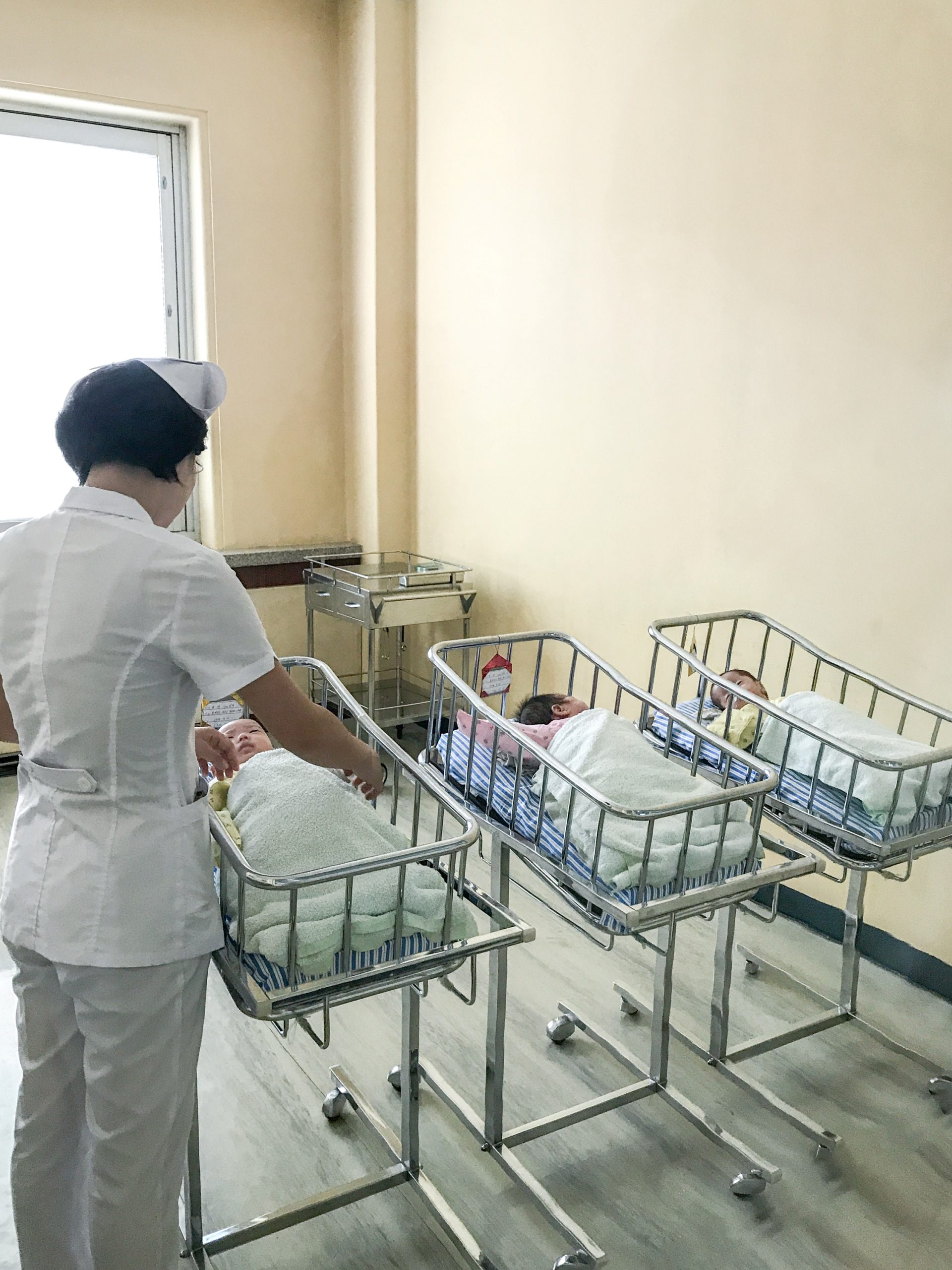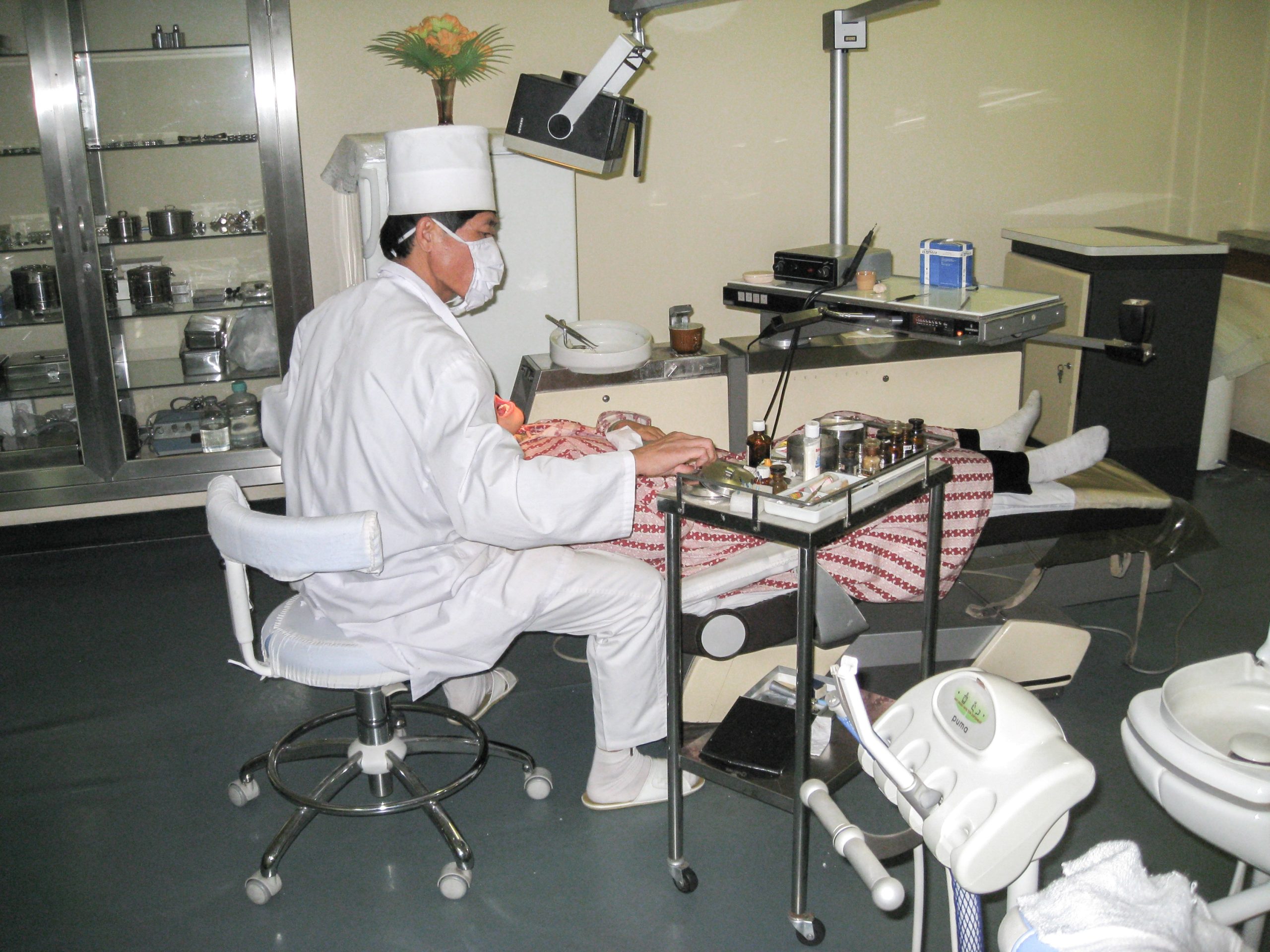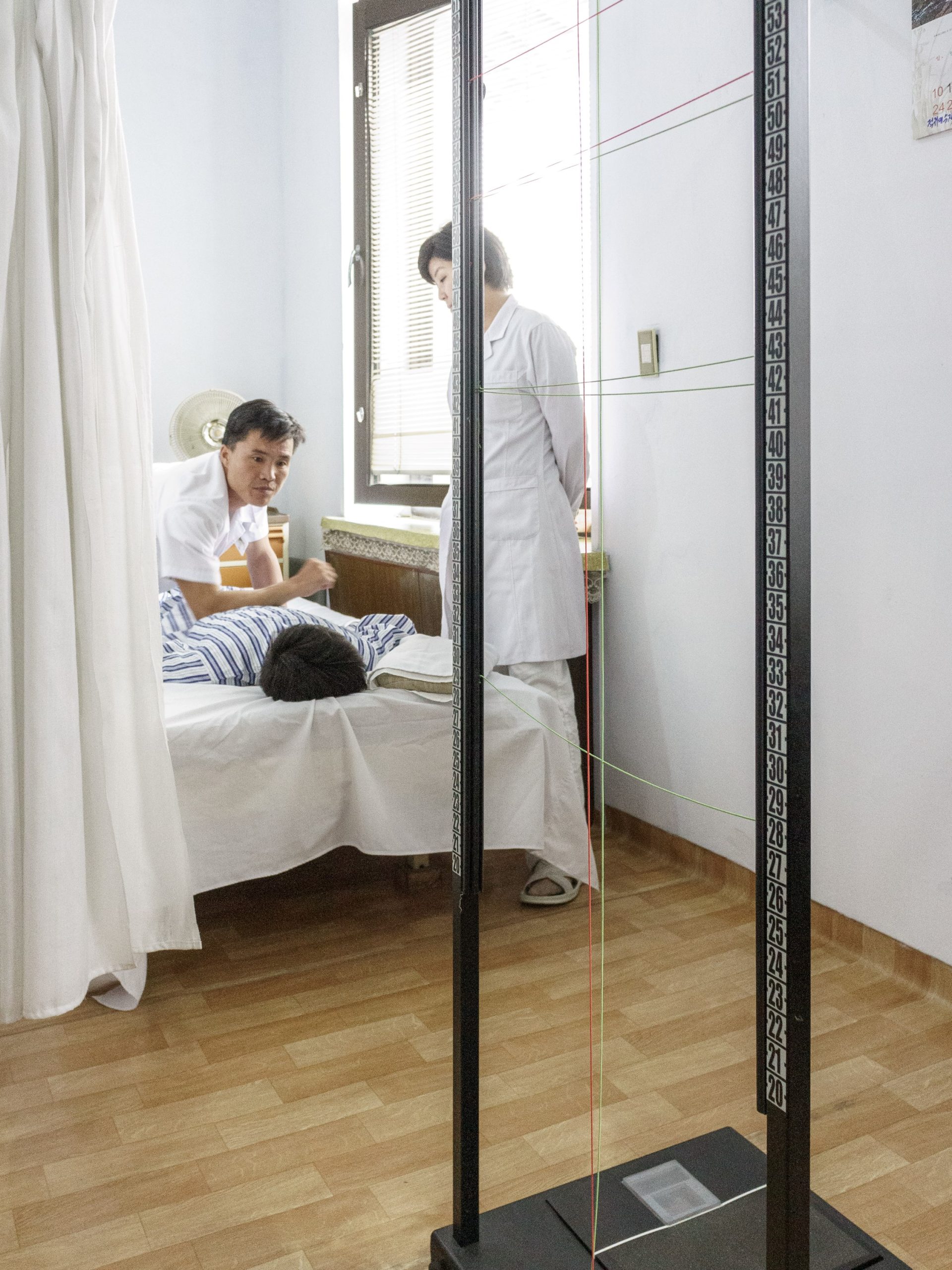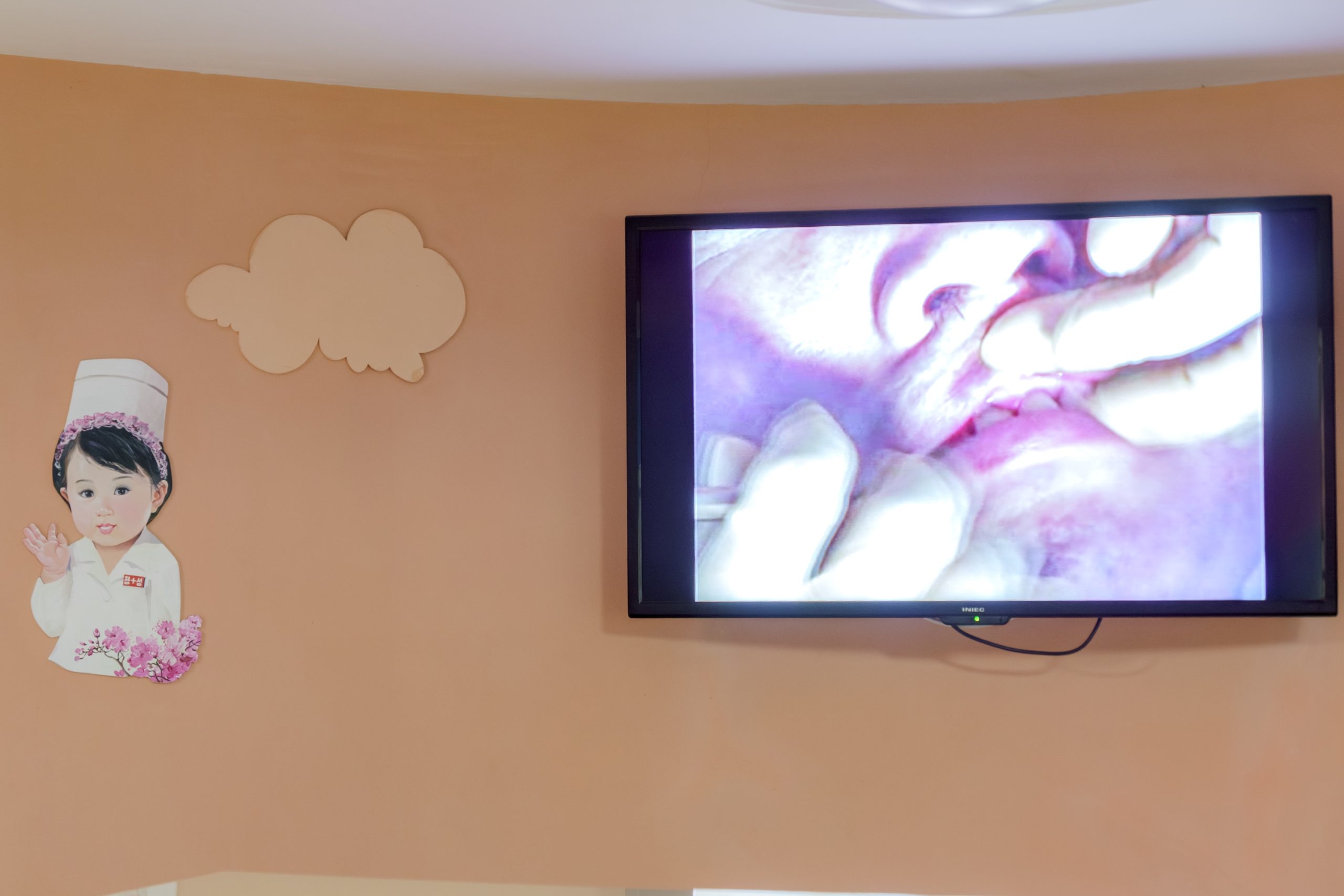Picturing the DPRK: Health Care
Images shown are from Glyn Ford’s recently released book on North Korea, Picturing the DPRK, published by Pacific Century Institute and Spokesman. The book is a collection of images taken during his nearly 50 visits to North Korea over the past 25 years.
In Sickness and in Health
North Korea’s medical infrastructure is solid and complete across the whole nation. Apparently, when the necessary supplies of vaccines are available, they can be administered across the whole country within days, including in the countryside’s cottage hospitals. However, getting adequate medical supplies – equipment, medicines, vaccines, etc.—remains a significant challenge for most of the country’s health care facilities.
During the “Arduous March,” the situation was grim in the extreme with hungry children, limited food and inadequate health care for the majority of the population. Capacity began to be restored in the following years as, at least basic, health supplies began to flow again.
Even with better facilities, supplies are limited, and methods are often outdated. Maternity hospitals, for instance, follow protocols long abandoned in the West. Husbands are not present at births and for weeks after visits on video. Triplets are a national obsession that shower gifts and responsibilities onto the parents while the children disappear into institutions.
Dental care is at the primitive end of the spectrum. An old entry test for “defectors” from North Korea was proving they could sing “The Song of the Dear General” and show no signs of serious dental work.
There is an increasing interest in Korean traditional medicine, treatments that tend to be cheaper and more consistently available. Evidence of this can be observed on North Korean beaches, where the scars of cupping and moxibustion are openly on display.
Medicine is one area where humanitarian aid still fitfully flows with a series of NGOs doing good work where they can, such as on child disability. Some fads are inflicted on local doctors by NGOs selling their own hobby horses, rather than what is actually needed. For example, in a country where electricity is patchy and unreliable, video conferencing facilities for remote diagnosis might not be everyone’s priority.
As with everything else in the system, health care is bifurcated into two levels of service. The new eye hospital in Pyongyang, for instance, has a special floor just for veterans and those who can afford to pay. The entrance hall has an impressive selection of eyewear as any upmarket optician in the West.
